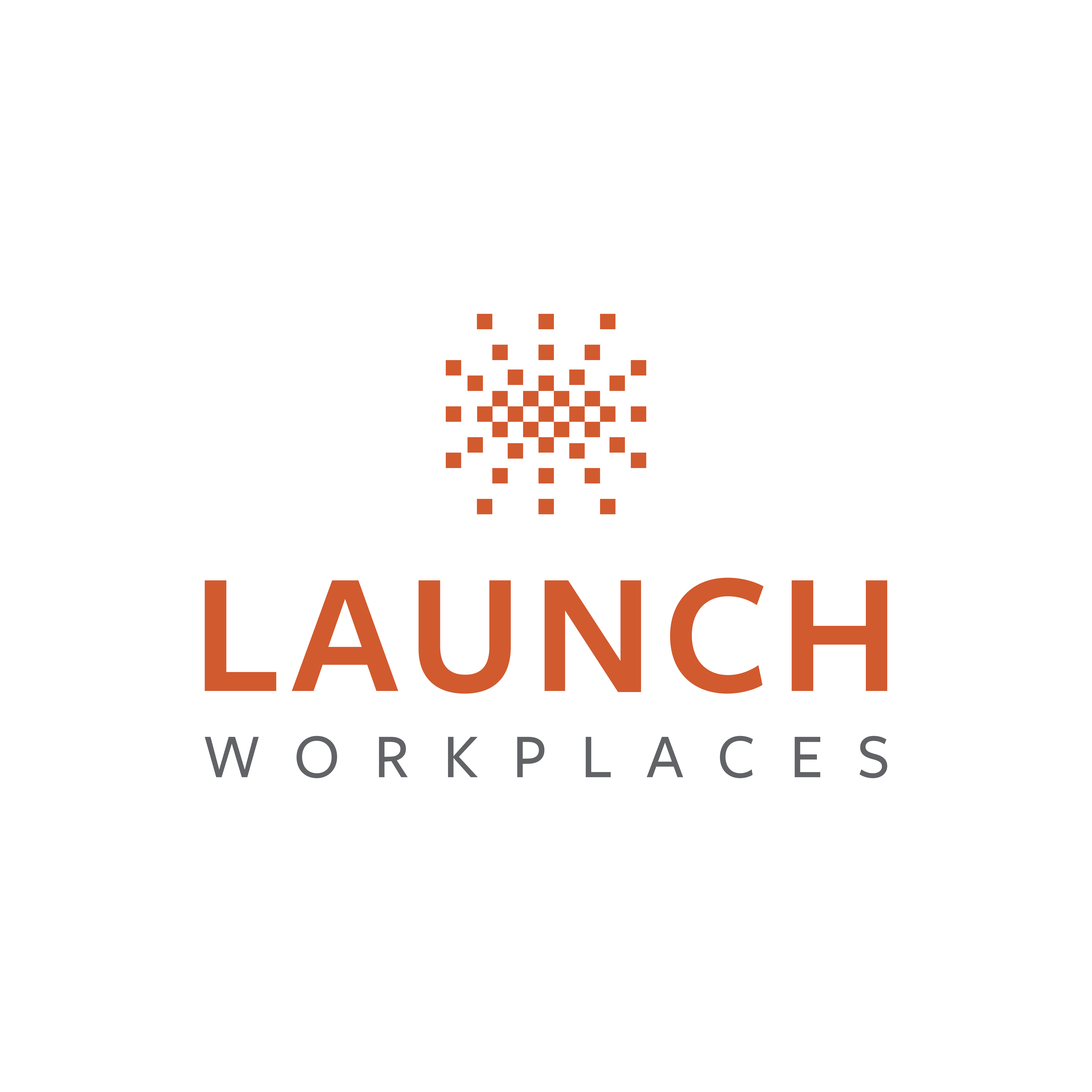We can say it over and over again, but the facts don’t change: COVID-19 has fundamentally shifted and shaped how we live and work.
Since the early days of the pandemic, we’ve learned a lot about how to work from home and make the most of endless Zoom meetings. As we tentatively enter the post-pandemic world, we look to the future and ask, “what will work look like?”
There’s a lot of speculation about the future of work, such as this report by McKinsey Global Institute. It discusses how the pandemic has accelerated trends in remote work, e-commerce, and automation, fundamentally shifting how work will get done in the future.
All of these changes mean that employees are different, and employers will need to respond. If they want to hire and retain great talent, they will need to provide new employee benefits in the areas of flexible work, health, and employee engagement.
Flexibility, Flexibility, Flexibility: Options for Remote Work
Despite the trend towards screen fatigue, technology has been a lifesaver for work to continue and employees to keep their jobs during the pandemic.
Many employees have been working at home for the last two years and are realizing, along with their employers, that work can get done remotely and many employees feel that they are more productive than ever.
Besides productivity, employees love the fact that they can throw in a load of laundry, eat lunch with their family, or even work from a new location for a “working vacation.” And for those who are tired of being in their house all the time, coworking spaces provide an attractive alternative. They have been increasing in popularity for their convenience and flexibility, providing an option for people to work somewhere new, perhaps even in a new city or country!
Employers will need to start thinking of additional benefits to accommodate the desire of employees for flexible work. Here are some benefits that will become more common:
- Flexibility to work remotely (at least part-time): Employers can either set a schedule (i.e. two days in the office and three at home) or leave it up to the employee to decide. Data shows that 52% of workers want a flexible, hybrid working model in the post-pandemic world.
- Working vacation options: Employers will no longer “keep tabs” on where their employees are working… as long as the work gets done, it won’t matter if it’s done pool-side with a drink in hand!
- Flexibility to attend to personal circumstances: If an employee needs to leave to attend to their children or another situation, they can have the autonomy to do so and set the schedule that works best for them.
Putting Mental and Physical Health First
The pandemic undoubtedly had a drastic impact on physical and mental health. There were those who actually had the virus and dealt with ill health and virtually everyone felt the mental strain of stress and anxiety over the uncertainty of the whole situation. Data shows that 41.1% of adults self-reported symptoms of anxiety and depression in January 2021, compared to just 11% in the period of January to June 2019, prior to the pandemic.
Employers need to understand this and put physical and mental health first. This will become a non-negotiable for employees returning to post-pandemic workplaces. Here are some new employee benefits that are needed:
- Increased sick days: The pandemic has shown us first, how important it is to stay home when sick, and second, that companies will continue to operate just fine when someone is at home.
- Expanded benefits: This should include mental healthcare such as counseling.
- Perks: There are some perks that have been known to improve mental and physical health, such as access to fitness centers or classes.
- Wellness days: As extra days off that can be used for a much-needed break, used at the employee’s discretion.
Engaging Employees in Their Work
The Great Resignation—the current phenomenon of people leaving their jobs en masse during the post-pandemic era—is discussed frequently these days. There are many contributing factors to it, but one is that employees no longer feel engaged in the work they once did.
Employee engagement will become an important part of the post-pandemic work world, and there are a few ways employees can incorporate it:
- Investing in DEI (Diversity, Equity, and Inclusion) initiatives: Create welcoming, open spaces that all employees are comfortable in. Studies show that workers are happier if they support their company’s DEI efforts.
- Walk the talk: Make sure that the company’s voiced values actually meet the day-to-day operations so that all employees feel that they are working somewhere that aligns with their values.
- Provide opportunities for education and skill development: Provide ways that employees can further their knowledge and skills to reach career milestones and promotions.
Work is going to look different in the post-pandemic world. Employees have changed and are looking for changes. For this reason, employers will need to start including new employee benefits that focus on flexible work schedules, mental and physical health, and employee engagement.
If you’re working remotely or manage a team that does, get in touch today to learn about Launch Workplaces and the different options for flexible office space.



